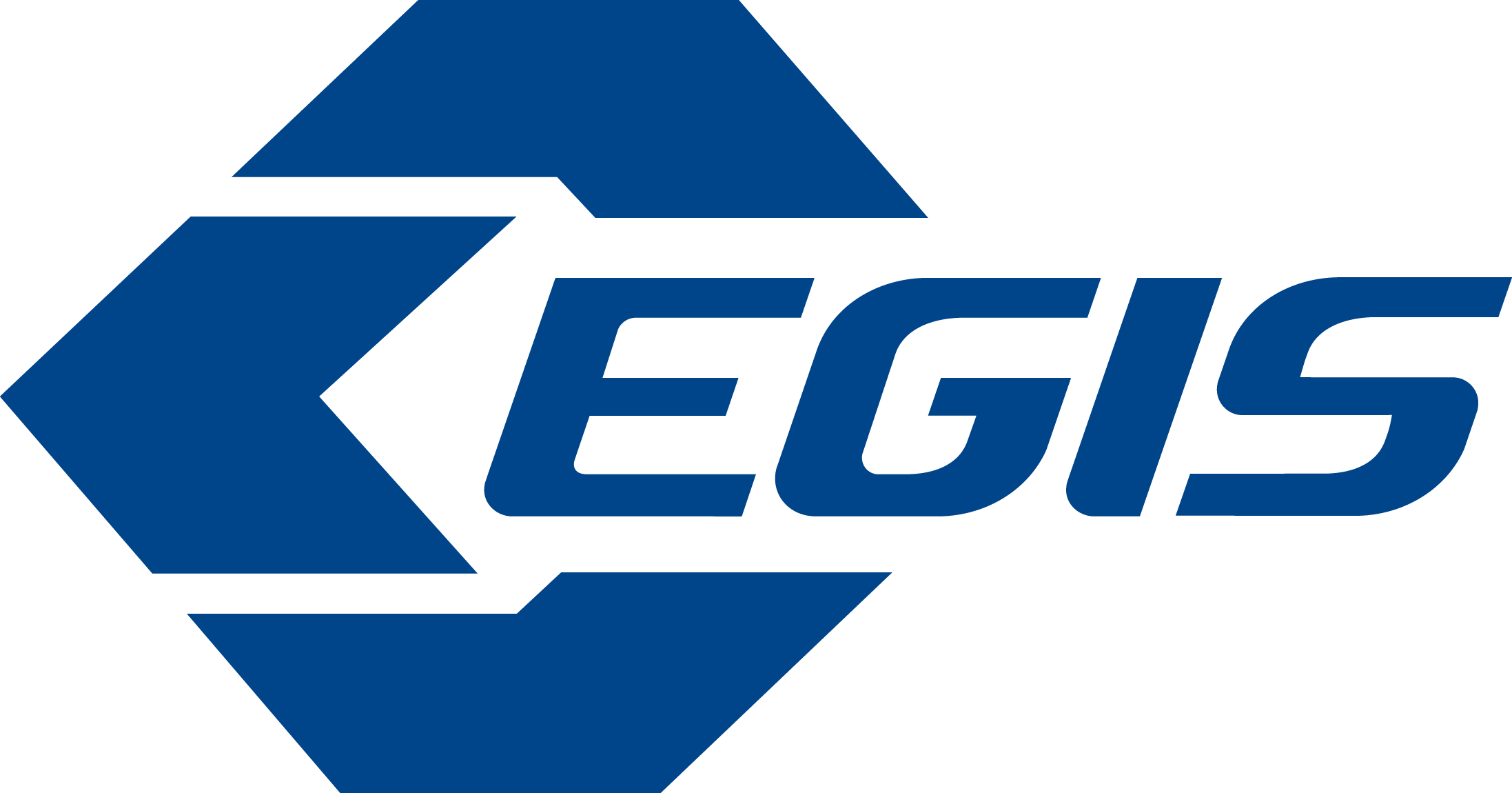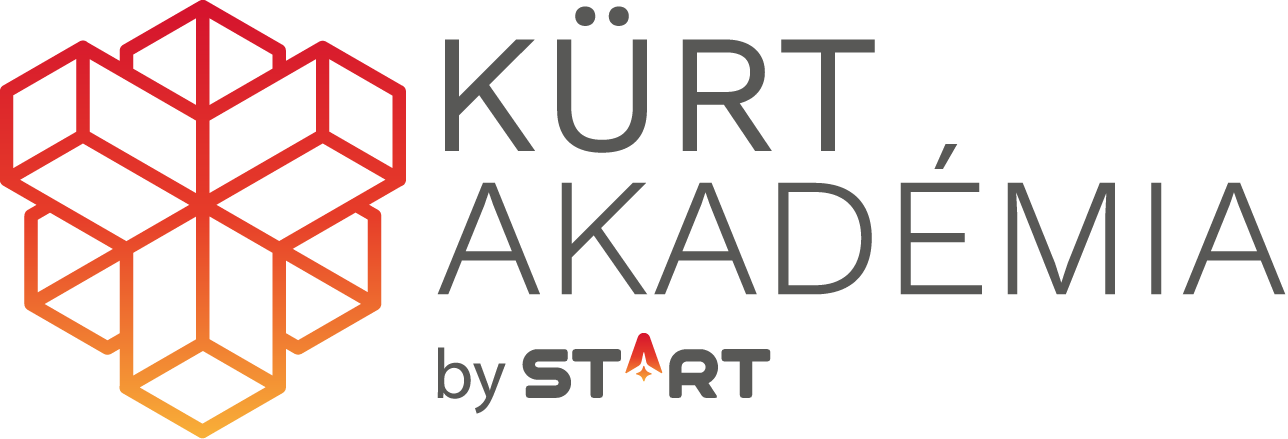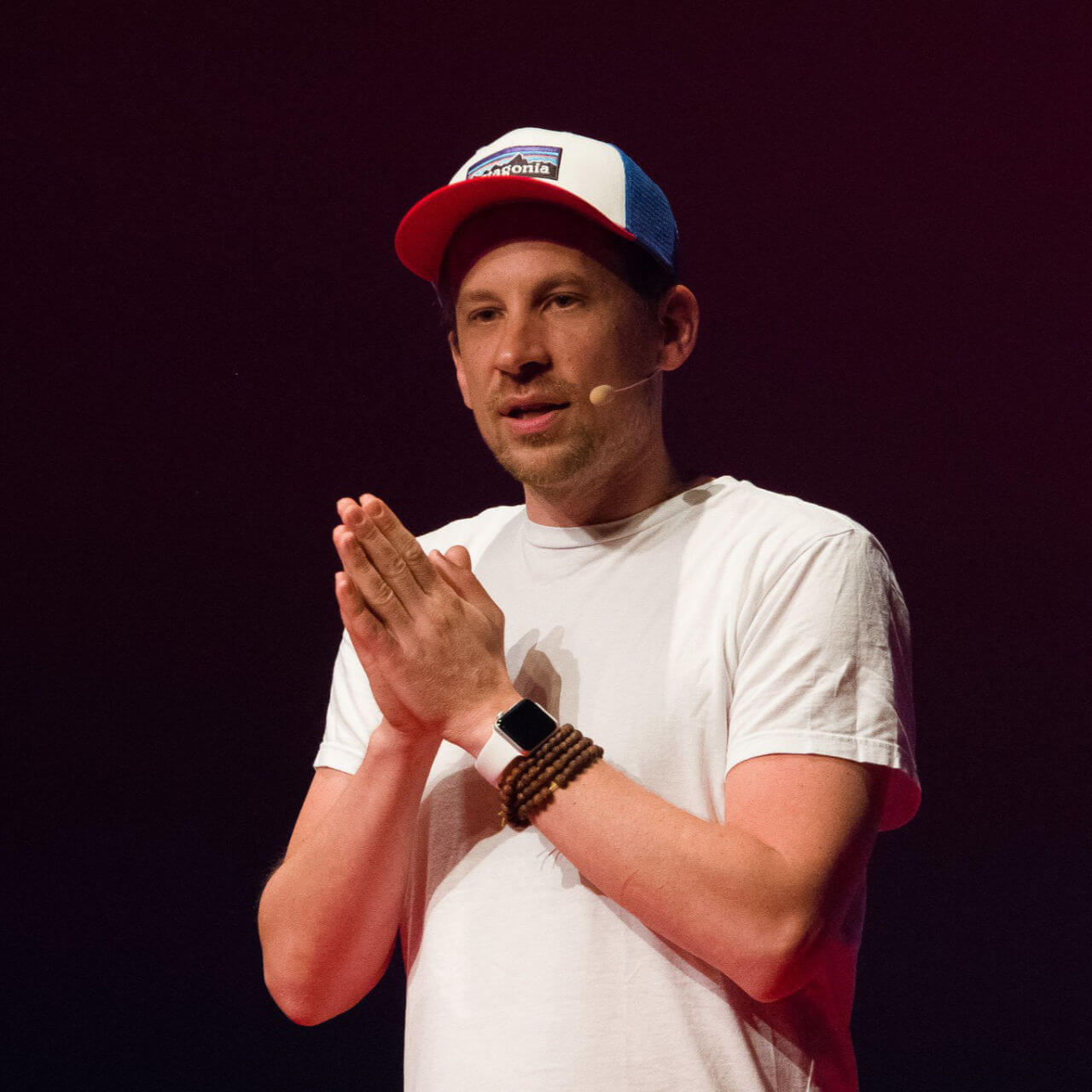Design Thinking
Service and product development
Service and product development
What is the Design Thinking method?
If we accept that design is "the definition of how things and processes work" and experience is "the sum of actions, dialogues, thoughts and feelings experienced in the course of a process", then we can easily conclude two statements. The first is that, regardless of our title, we are all designers to some extent, since we define countless processes in the course of our work. The second is that, consciously or unconsciously, we create experiences for our colleagues and clients.
In recent decades new business solutions, technological innovations and communication opportunities have radically transformed the way we design products and services. And through design, this radical transformation continues in the area of customer experience building.
Organizations wanting to stay ahead of their competitors need to start investing in design, alongside business, technology and communications, to consciously build experiences. Design thinking is an effective first step as a project development methodology, that takes into account business requirements, customer needs, technology and communication tools.
What problem does it answer?
First, it helps to create digital products or physical services that do not exist. Second, it helps to improve poorly performing digital products or physical services. Third, it helps to scale up existing digital products or services.
What are the main steps?
-
As a first step, we use design research methods (stakeholder interview, trend analysis, competitor analysis, data analysis, social research, ethnographic research, in-depth interview and questionnaire) to prepare the project to be developed in the workshop.
-
The second step is to build empathy towards the users (internal users, employees, or external users, customers), with the goal of identifying with their problems.
-
Then we identify the problems with the goal of finding the gaps in the user experience.
-
Then we gather ideas with the objective of solving the problems we encounter.
-
Then we build prototypes to test the ideas.
-
Then we test the prototypes to see which ones solve the identified problems.
-
Then we examine how the built and tested prototypes can be implemented into the organization's operations and services.
What results can we expect from it?
It will help you to master the art of building a deliberate employee and customer experience. It will also help in implementing innovative projects. And it will also generate revenue growth (McKinsey - The business value of design). As a result of the seven steps we release problem solving prototypes, which can be implemented into the operation or the services of the given organisation.
TYPICAL QUESTIONS
Why is it worth dealing with empathy?
Because it is the basis of human (family, friend, colleague, client...) collaboration.
Why Design Thinking?
Because it is a good methodology for creating employee and customer experience.
How to engage in Design Thinking?
You can start using the tools one by one, or you can choose a sample project (fictional - made up; or real - existing, but not critical; or essential - existing and critical), through which the process can be mastered.
Why is customer experience worthwhile?
Because customer experience will be one of the defining competitive advantages of the next 5-10 years.
WHO CHOSE US
-




EGIS Gyógyszeripari Zrt.
Digital roadmap, Building Agile development teams, Agile training
-




Magyar Telekom
Agile enterprise strategy system implementation - OKR, Agile transformation support, Large scale agile training
-




Erste Bank
Agile transformation support






